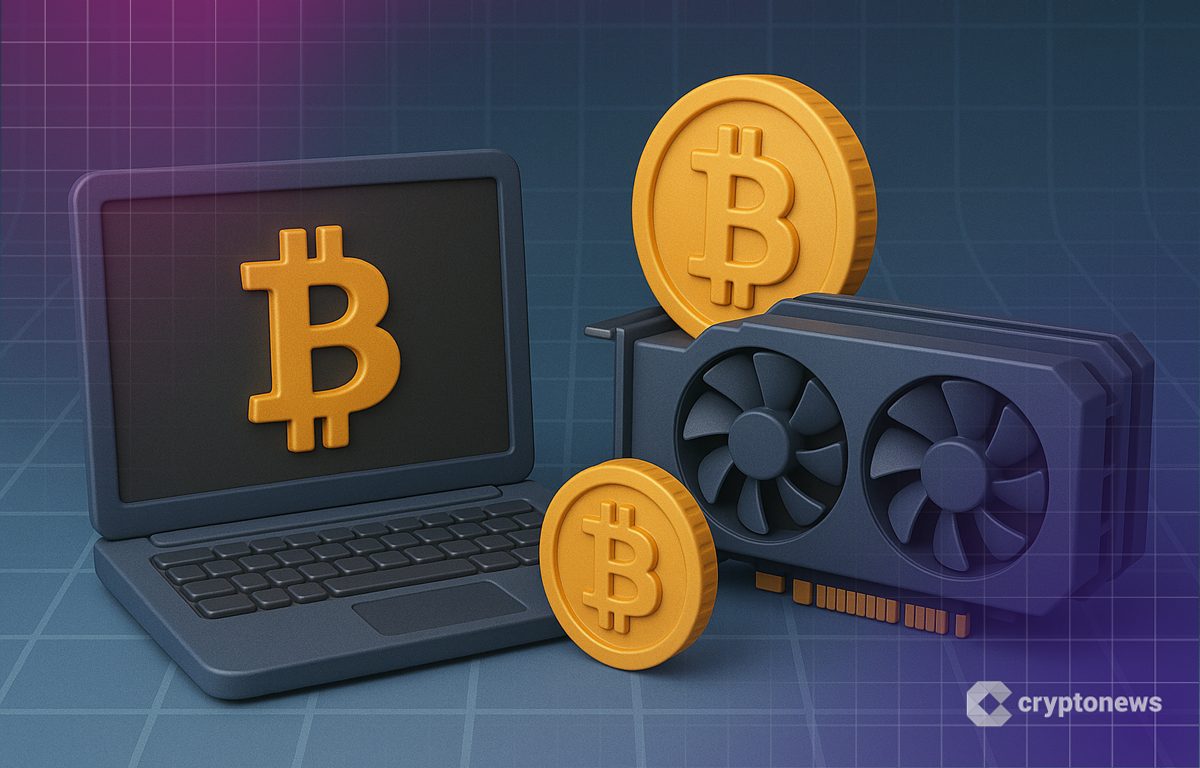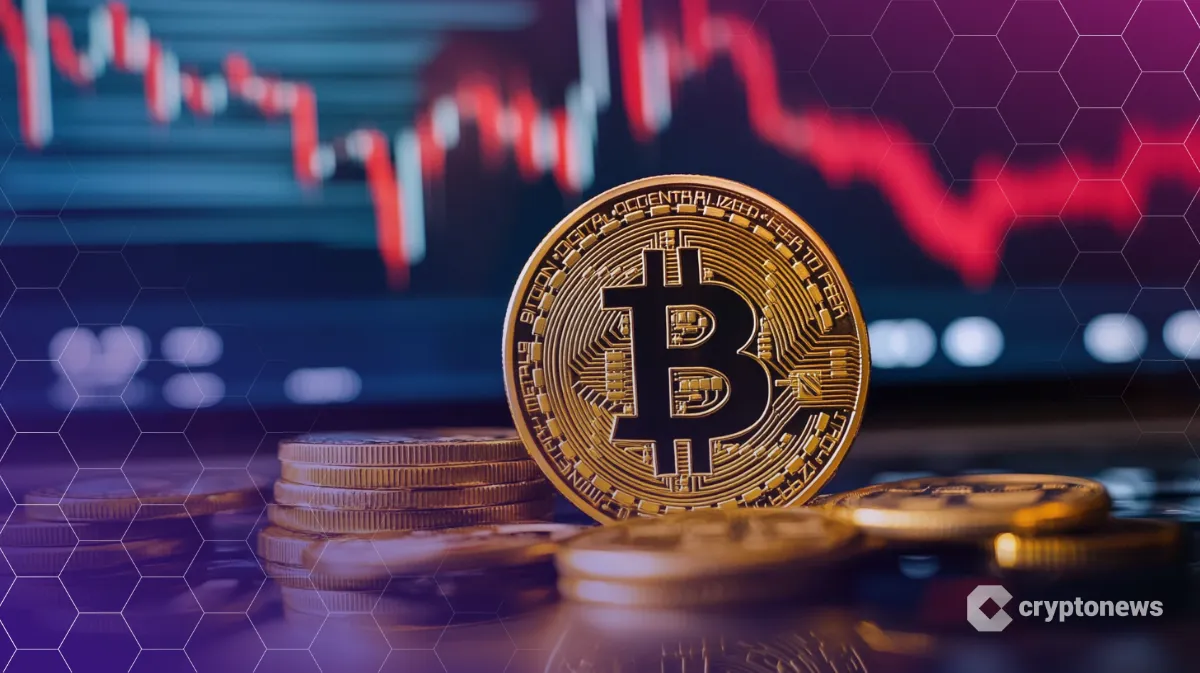Bitcoin Mining in 2025–2026: Beyond the ASIC Arms Race

In 2025, the Bitcoin mining market is going through a radical transformation. The first cryptocurrency has evolved into a U.S. national reserve asset and surpassed $100B in ETF holdings, becoming a bedrock of institutional portfolios. Meanwhile, the industry faced serious headwinds: U.S. tariffs boosted mining equipment prices, the 2024 halving slashed miner rewards, but the network hashrate hit record highs. Mining profitability shrank, but the competition for it became unprecedentedly high.
Mining’s next chapter will be carved by three global technological and economic trends unfolding right now. First, ASICs are hitting the physical limits of their performance, which means just picking the most powerful rig is no longer enough. Second, the demands of the AI industry for power and data centers are eating into mining’s energy supply, forcing miners to compete (or adapt). Third, institutional investors are showing an increasing interest in Bitcoin mining, which serves them in many more ways than just generating BTC rewards.
Miners willing to keep up with the breakneck pace of the 2020s will need to adapt to these trends, likely evolving into advanced collision points of finance, energy, and high-performance computing.
Are Chips Not Enough Anymore?
For more than a decade, Bitcoin mining has been defined by hardware leaps. Each new generation of ASICs (shrinking transistor size from 55nm to 3nm) brought dramatic efficiency gains, fueling explosive hashrate growth. But Moore’s Law slows, and chip size reduction hits physical and economic limits. Improvements in efficiency from silicon alone are hitting a plateau.
The 2024 halving cut miner revenues, leaving margins tighter than ever. To survive, miners must now find efficiency gains beyond silicon.
Bitcoin miners revenue per day. Source: YchartsEvery watt matters today — across the entire facility, not just the ASIC. Cooling, airflow, power distribution, software orchestration, and even real estate layouts now decide who stays profitable. The winners will be miners who squeeze maximum output from existing hardware, cut waste at every layer, and build infrastructure tough enough to last.
Watts Can Serve Both
Another economic challenge has come from a different front. AI and high-performance computing (HPC) companies are consuming more and more energy, and their competition with mining firms for grid access is intensifying. In the USA, AI/HPC players are expanding their domestic operations and securing large-scale power capacity (50 MW or more). Some simply acquire major mining companies and replace ASIC Bitcoin miners with AI-serving GPUs.
Is mining doomed to be pushed into places where energy is either wasted or underused? Not necessarily. In fact, competition with AI could end up working to miners’ advantage.
AI and HPC don’t have to eat mining; they can converge. Both industries share similar needs: they require massive power, advanced cooling systems, and real estate optimized for compute.
Some mining companies are already cashing in. They’re adapting their capacity for the AI demands, bringing back good ol’ GPUs alongside ASICs. CoreWeave expanded its partnership with Galaxy Digital, committing to an additional 260 MW for AI and HPC operations. Riot Platforms paused its planned 600 MW Bitcoin mining expansion in Texas and pivoted to the AI cloud business; its GPU-as-a-Service arm is already generating $25 million in annualized revenue. The trend is already pushing beyond U.S. borders and expanding into Canada.
AI’s appetite for compute far outstrips the supply, so this kind of restructuring opens the door to huge revenues. And sometimes it’s not just about making some extra cash — an AI pivot can literally save a struggling mining company.
We are likely to see a race for software that can flip workloads on the fly. Those who can jump between Bitcoin mining and AI/HPC in seconds, depending on real-time hash price and AI workload demand, will own the margins.
Why Will Wall Street Mine Bitcoin
Institutional investors have similar reasons to embrace Bitcoin mining.
Hedge funds and institutional investors are starting to realize that there’s more to mining than just Bitcoin rewards. It’s now a financial layer in the energy infrastructure, one that helps manage the grid, use waste assets, and open new income channels.
Mining offers programmable load that can be deployed like a tool. It soaks up flare gas in oil fields, cuts off during peak grid stress, or switches on to stabilize prices in deregulated markets. When energy turns into money, miners become valuable partners for utilities, independent power producers, and even governments.
Also, mining proves to be a strategic asset for the adoption of renewable energy. Miners can absorb surplus solar at noon or excess wind at night, then scale back when the grid is tight. This load flexibility cuts waste and makes renewable systems more reliable.
All of these represent great opportunities for mining companies. Those who respond to the broader industry’s needs will gain a strong competitive edge.
Mining’s Next Race Begins
In 2025 and beyond, survival for mining firms means thinking beyond traditional profitability metrics. It implies optimizing the setup full-stack and adapting technology for broader use cases. Mining enterprises of the future will combine scalable systems, AI-ready infrastructure, and readiness to partner with institutional investors entering the field.
Bitcoin mining has become a foundation layer for energy and digital assets. The firms that win won’t just chase hashrate; they’ll master efficiency, pivot with AI, and work with institutions. The ASIC race is slowing, but the race to professionalize, monetize, and embed mining into global infrastructure has only just begun.
Disclaimer: The opinions in this article are the writer’s own and do not necessarily represent the views of Cryptonews.com. This article is meant to provide a broad perspective on its topic and should not be taken as professional advice.
The post Bitcoin Mining in 2025–2026: Beyond the ASIC Arms Race appeared first on Cryptonews.



